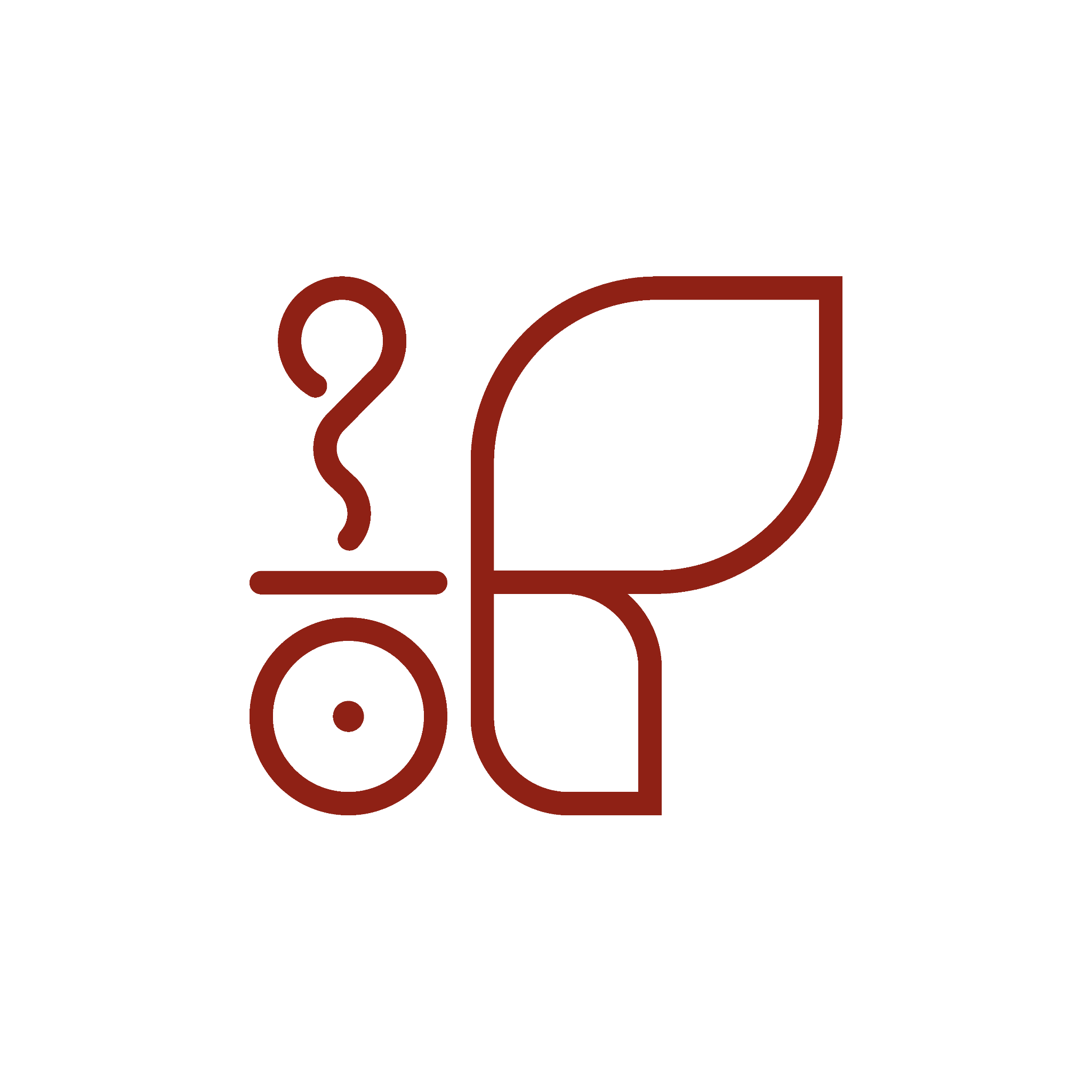Chaldni Plates
Chladni plates show how sound (or vibrations) creates patterns in solid materials.

When a flat metal plate is vibrated (usually with a violin bow or a frequency generator), the plate resonates at specific natural frequencies. These frequencies produce standing wave patterns on the surface.
• At these frequencies, some parts of the plate vibrate a lot (antinodes), and others don’t vibrate at all (nodes).
• If you sprinkle sand or salt on the plate, the grains move away from the vibrating areas and gather along the nodal lines (where there’s no motion).
⸻
🌟 The Patterns:
The resulting sand patterns are called Chladni figures. They’re often beautiful symmetrical shapes that depend on:
• The shape of the plate (square, circular, etc.)
• The frequency of vibration
• The mode of vibration
Each frequency shows a unique pattern — like a musical fingerprint of that note.
⸻
🧠 Why It Matters:
Chladni plates are a visual gateway to:
• Acoustics
• Resonance
• Wave behavior
• Modes in 2D systems
They’re used in physics and engineering education, instrument design (like violins and guitars), and even art.

